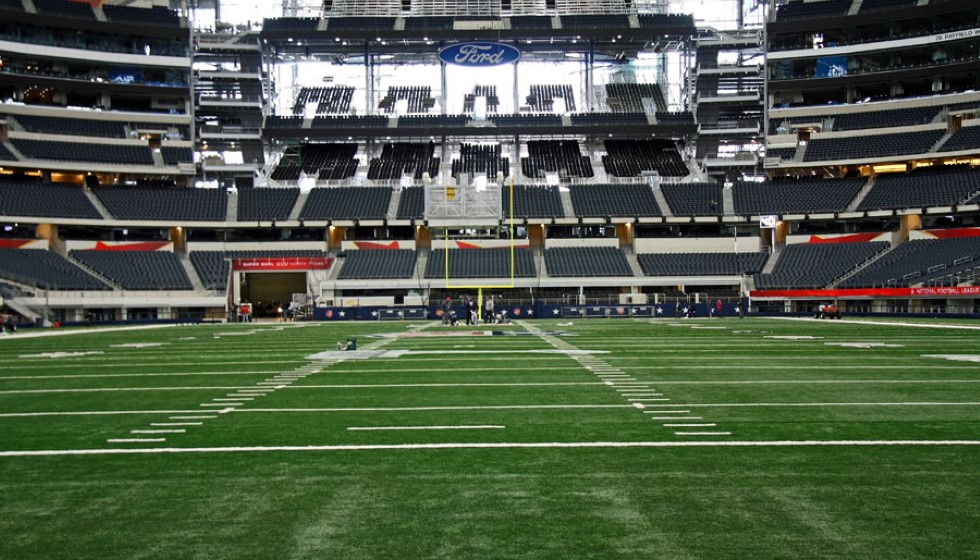
The Eagles' Dominance and Transition: An Analysis
The Philadelphia Eagles, with an impressive 11-2 record this season, have firmly established themselves as one of the NFL's elite. Over the last nine weeks, the Eagles have outscored their opponents by a staggering 118 points, showcasing a formidable combination of both offensive and defensive prowess.
Offensive Prowess on the Rise
The Eagles have become the standard-bearers of the NFL in rushing, averaging a league-best 206.8 yards per game during their phenomenal nine-game winning streak. This impressive ground game has been supported by the team's ability to gain 2.32 yards before contact, ranking them third in the NFL with an average of 5.3 yards per carry. Such performance highlights the effectiveness of their offensive line and strategic play-calling.
Last season, the Eagles began with a strong 10-1 record but faltered towards the end, losing six of their final seven games, including a disappointing wild card defeat. This year, however, the team's consistency and depth seem to paint a different picture of resilience and resolve.
Defensive Excellence
The Eagles' defense has been nothing short of spectacular, leading the league in total yards allowed per game at 248.0 and yards per play at 4.2 during their winning streak. Allowing only 152.4 passing yards per game and 4.8 net yards per attempt, they have suffocated opposing offenses, maintaining an NFL-best average of 15.3 points allowed per game. The return of key player C.J. Gardner-Johnson has undoubtedly solidified their defensive lineup.
Adjustment and Leadership Changes
Despite the positive traction on the field, the Eagles have undergone significant roster changes, notably with the departures of stalwarts like Jason Kelce and Fletcher Cox. These changes have shifted leadership dynamics within the team. Yet, the roster's adaptability has allowed for a smooth transition, with newcomers and returning players stepping up.
Off the field, however, there's been a subtle shift in player dynamics. As Brandon Graham noted, "Hurts and Brown were friends, but things have changed." The nature of their relationship adds an intriguing layer to the team's internal chemistry. Graham later acknowledged his mistake, stating that he would "apologize to Hurts and Brown for his mistake," reflecting a mature handling of personal dynamics that often influence team performance.
The Bigger Picture
On an individual front, competitors such as Saquon Barkley continue to make headlines with incredible personal achievements. Barkley's impressive 1,623 rushing yards this season, averaging 6.1 yards per carry, highlight the competitive landscape within which the Eagles operate and the caliber of players they face.
As the season progresses, the Philadelphia Eagles are not only dominating their games but are setting a new benchmark for performance in the NFL. With the playoffs on the horizon, the Eagles are poised to convert their regular season brilliance into postseason success, learning from last year’s shortcomings and building on their current momentum.
In a league where both consistency and dynamic change are prized, the Eagles' ability to adapt and thrive through roster changes and evolving interpersonal relationships may well be the key to their ongoing success. Whether this will translate into championship glory remains to be seen, but the trajectory they are on is certainly one to watch closely.